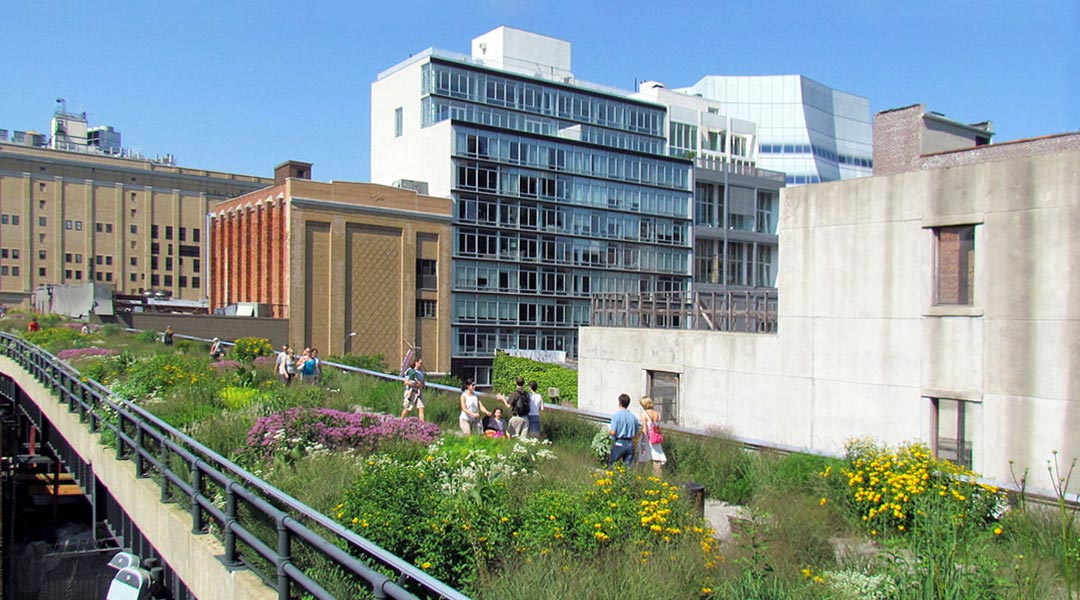
Harvard GSD Dean on why “sustainable” is not enough
“I find ‘sustainable’ and ‘green’ insufficient for our future cities,” said Mohsen Mostafavi, dean of Harvard University Graduate School of Design, during the press briefing for Manila: Future Habitations last 6 February 2018. “What we need is an ecological urbanism.”
We asked what else sustainable cities need besides the green building, as this is top of mind given the rising popularity of LEED, BREEAM, and even BERDE certifications. Mostafavi responded with an overview of his research focus: ecological urbanism, which is further explained in a book of the same title he edited with Gareth Doherty.

“You see the concepts of ‘sustainable’ and ‘green’ are hinged on consumption. We patrol how we utilize concrete, glass, brick, energy, etc.,” he shared. “Ecological urbanism counters sustainability in this objectified sense because it goes beyond using less resources or, say, triple glazing the building. We need an approach that includes resource utilization, quality of life, ethics, and democracy.”
Citizen participation is crucial to achieving ecological urbanism, which, simply put, is about living ethically in the context of the sustainable city. “You, as citizens, need to think how you ought to behave in relation to other people, manage your consumption, deal with waste… It’s really a way of life, not just a bunch of buildings. This entails discussing with each other and with government the kind of lives we want, what kind of city we want, what kind of houses we want.”
Mostafavi challenges designers and planners to asses and envision cities countering the status quo in an essay entitled Why Ecological Urbanism? Why Now?:
Ecological Urbanism—is that not an oxymoron in the same way that a hybrid SUV is an oxymoron? How can the city, with all its mechanisms of consumption—its devouring of energy, its insatiable demand for food—ever be ecological? In one sense the “ project of urbanism,” if we can call it such, runs counter to that of ecology, with its emphasis on the interrelationship of organisms and the environment—an emphasis that invariably excludes human intervention. And yet it is relatively easy to imagine a city that is more careful in its use of resources than is currently the norm, more energy efficient in its daily operations—like a hybrid car. But is that enough? Is it enough for architects, landscape architects, and urbanists to simply conceive of the future of their various disciplines in terms of engineering and constructing a more energy-efficient environment? As important as the question of energy is today, the emphasis on quantity—on energy reduction—obscures its relationship with the qualitative value of things. ![]()


